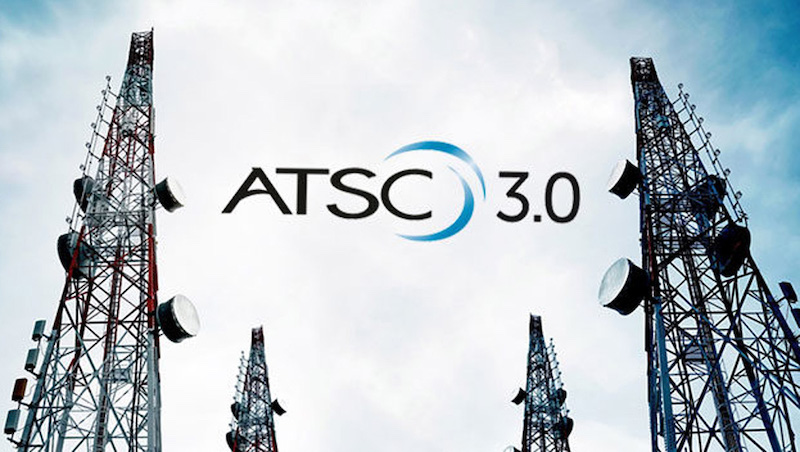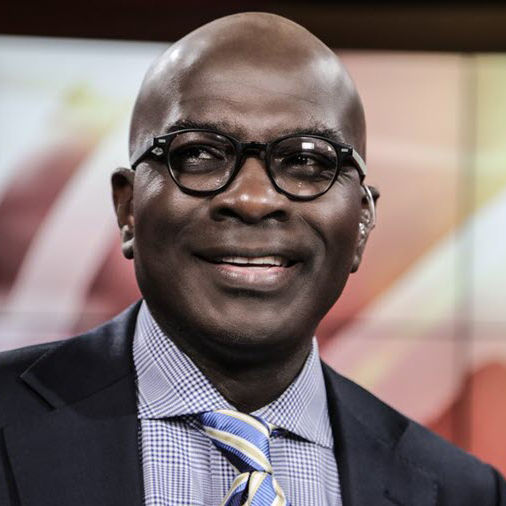
On June 23, 2023, the Federal Communications Commission released its “Third Report and Order, Authorizing Permissive Use of the Next Generation Broadcast Television Standard (Third NextGen Report),” confirming the ATSC 3.0 format as the gold standard for over-the-air (OTA) programming. ATSC 3.0 also allows for two-way interactivity, multiscreen applications, 4K (and potentially 8K) resolution, immersive (Dolby AC-4) audio, mobile reception, possible integration with existing 5G cellular networks, datacasting (ATSC 3.0 uses internet protocol (IP) for signal delivery, so it can also broadcast IP-based data) and much more.

The FCC’s records show that broadcasters are currently using NextGen TV service to deliver a cutting-edge end user experience, and ATSC 3.0 stations are available in 68 markets covering 60% of U.S. households. The Third NextGen Report announced the following decisions:
• Allows the simulcasting of multicast 1.0 and 3.0 streams on one or more host stations, but those simulcast multicast streams must be “substantially similar” in both formats;
• Allows a station broadcasting in 3.0 to temporarily modify its license to include one or more 1.0 multicast streams aired on a 1.0 host(s), even if it is not simulcasting on a paired 3.0 stream;
• Limits the number of 1.0 streams a station may host to only the number it has the capacity to transmit within its channel in 1.0;
• To limit the loss of a station’s 1.0 primary service when migrating to 3.0, a station may, in limited circumstances primarily involving LPTV fill-in service, simulcast its primary stream on a primary stream host and on a different multicast stream host;
• Extends the requirement that a station’s programming on both its 1.0 and 3.0 service must be “substantially similar” from July 17, 2023 to July 17, 2027; Extends the requirement to comply with the A/322 standard to July 17, 2027, from March 6, 2023;
• Maintains the nonapplicability of the FCC’s ownership attribution rule, confirming that hosted multicast streams do not trigger an ownership issue.
While these new requirements are marginal improvements over the current system, they remain overly cumbersome and restrictive. They continue down a course that makes broadcast innovation costly and difficult and maintain an uneven media marketplace that makes the future of free-to-the-home broadcasting unclear.
As the FCC’s 2022 Quadrennial Review is once again demonstrating, the current media marketplace has a virtually unlimited amount and variety of content options. The seemingly endless increase in the number of devices and platforms available to access that content continue to threaten free broadcasting. Further, the media marketplace is dominated by big tech and telecom titans — Alphabet, Amazon, Apple, Microsoft, Netflix, AT&T, Verizon Communications, Comcast, etc. — none of which are subject to the same Depression-era ownership and regulatory control by the FCC as are broadcasters.
The capital basis of these giant companies is tens and hundreds of times larger than that of the largest broadcaster. That inequality of scale creates an unequal competitive playing field and (unfairly) exacerbates the challenges local stations face in their ability to offer effective service in their local markets, especially smaller ones. This is particularly so in the context of local stations maintaining the “substantially similar” simulcast requirements to introduce and operate a Next Gen station.
Broadcasters also face regulatory obstacles to investment and innovation that the giant tech platforms do not, and implementation of new ATSC 3.0 service is no different. As the National Association of Broadcasters recently pointed out in its 2022 Quadrennial Review comments, “wireless carriers, for example, move from one generation of technology to the next on their own terms and on their own schedule, but TV broadcasters must seek FCC approval — with its inevitable delays — to invest millions of their own dollars in their own facilities to improve a service offered free to the public. The Commission actively seeks to make additional spectrum available to wireless carriers and for unlicensed services to encourage innovation and deployment of new services, while broadcasters have faced years-long regulatory processes when seeking permission to offer new services, such as ATSC 3.0 and digital audio broadcasting (DAB), using the spectrum already licensed to them.”
Regardless, the FCC’s Third NextGen Report maintains the agency’s regulatory hold on broadcasters and continues to saddle the television industry with significant hurdles to implement a NextGen service. Rather than recognizing market realities and fully enabling broadcasters to enhance their ability to serve viewers and listeners through the technological innovation that ATSC 3.0 allows, the FCC instead maintains a heavy regulatory hand.
Instead, the FCC should recognize that broadcasters make significant capital investments when adopting new technologies and prioritize promoting broadcast innovations with the goal of both improving service to the public and the competitive viability of free-to-the-home broadcasting. Allowing greater economies of scale, deregulating its ownership rules and eliminating regulatory hurdles would allow stations to afford investments in improved technologies like ATSC 3.0, and best serve the public interest. Until that happens, broadcasters remain vulnerable to unfair competition from big tech and the telecom titans, and risk going the way of the newspaper business.







